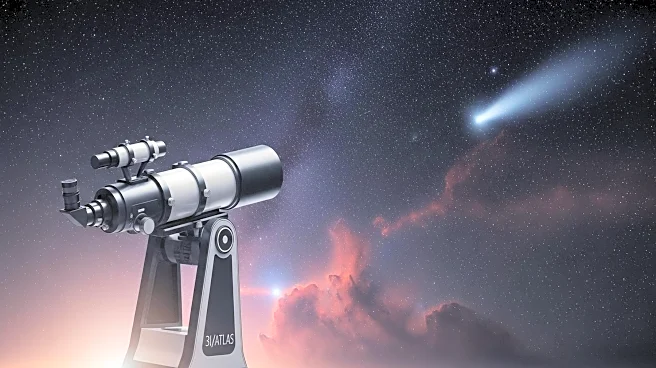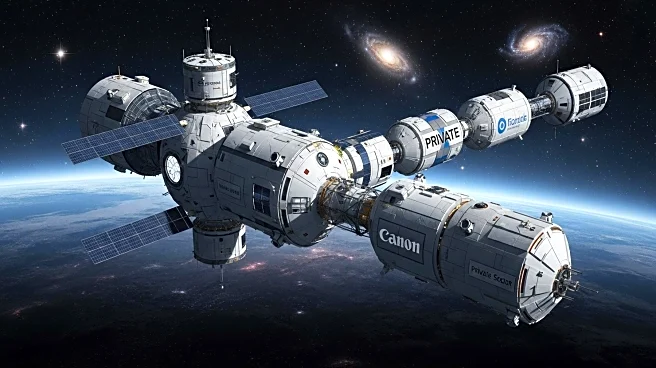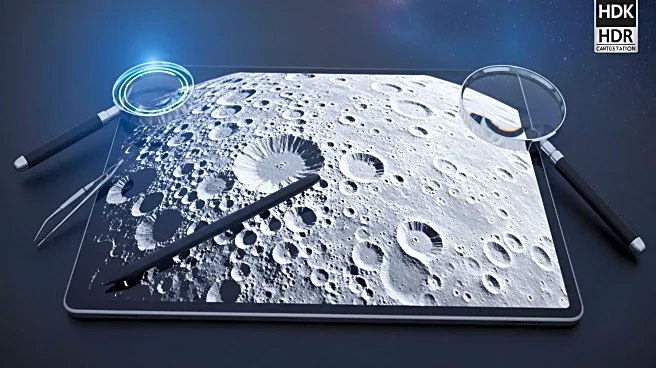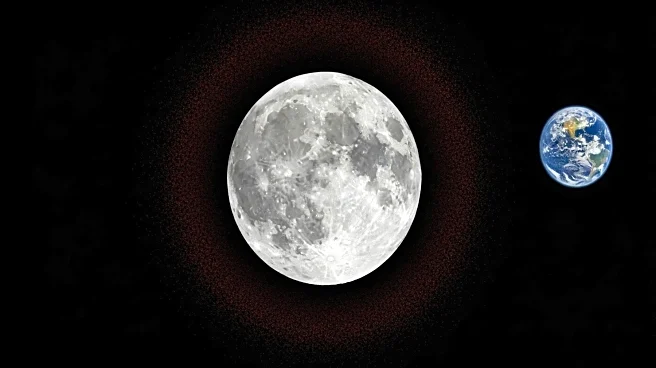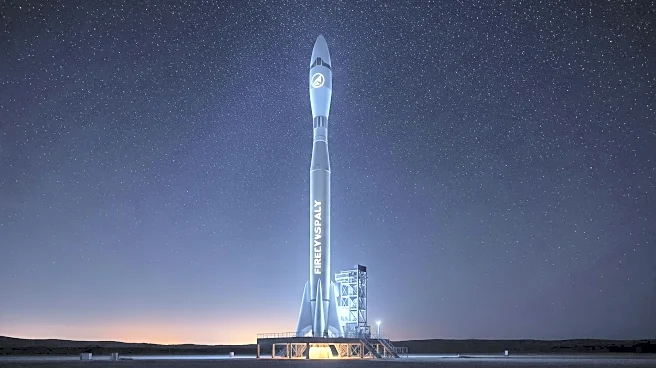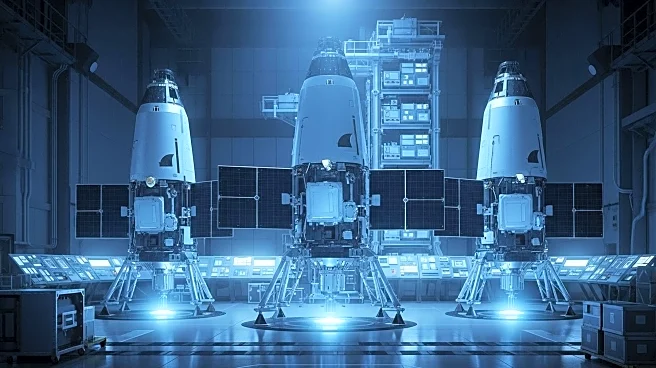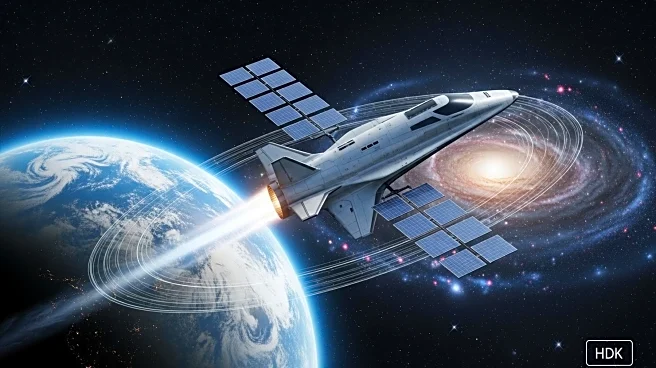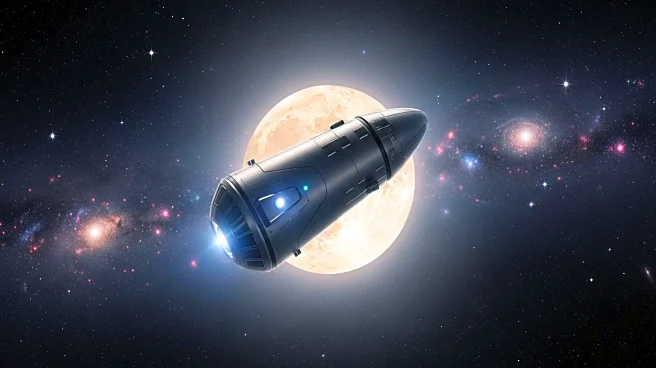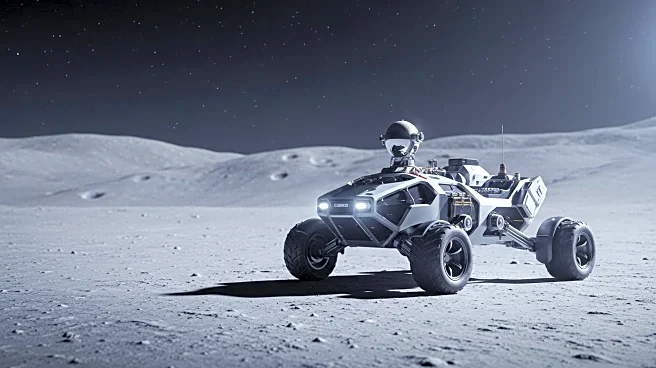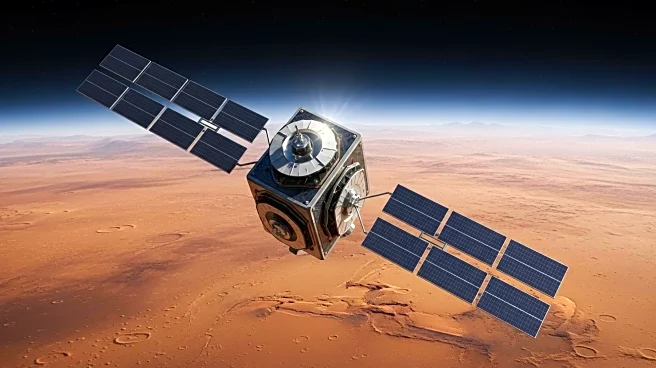What's Happening?
NASA's Lunar Melt Citizen Science Project is seeking volunteers to help map the Moon's impact melt flows. When asteroids hit the Moon, they create craters and melt parts of the rocky surface, forming impact melt flow deposits. Volunteers will assist in identifying and measuring rocks and craters in images from NASA's Lunar Reconnaissance Orbiter spacecraft. This effort will help scientists understand how impact melt has altered the Moon's surface, particularly around Little Lowell Crater and Tycho Crater.
Why It's Important?
The Lunar Melt Citizen Science Project offers a unique opportunity for the public to contribute to lunar research. By mapping impact melt flows, volunteers will help scientists gain insights into the Moon's geological history and its interior. This data is crucial for understanding the processes that shape the lunar surface, which can inform future lunar exploration missions and scientific studies.
What's Next?
Volunteers can sign up to participate in the project at mappers.psi.edu, contributing to ongoing research on the Moon's geology. The data collected will be used to refine models of lunar surface processes, enhancing scientific understanding of the Moon's evolution. Continued public engagement in citizen science projects like this one can foster interest in space exploration and support NASA's research goals.
Beyond the Headlines
The Lunar Melt Citizen Science Project highlights the value of public involvement in scientific research, offering a hands-on experience in lunar geology. By engaging volunteers, NASA can expand its research capabilities and promote interest in space science. The project's findings could lead to new discoveries about the Moon's geological features, contributing to the broader field of planetary science.

